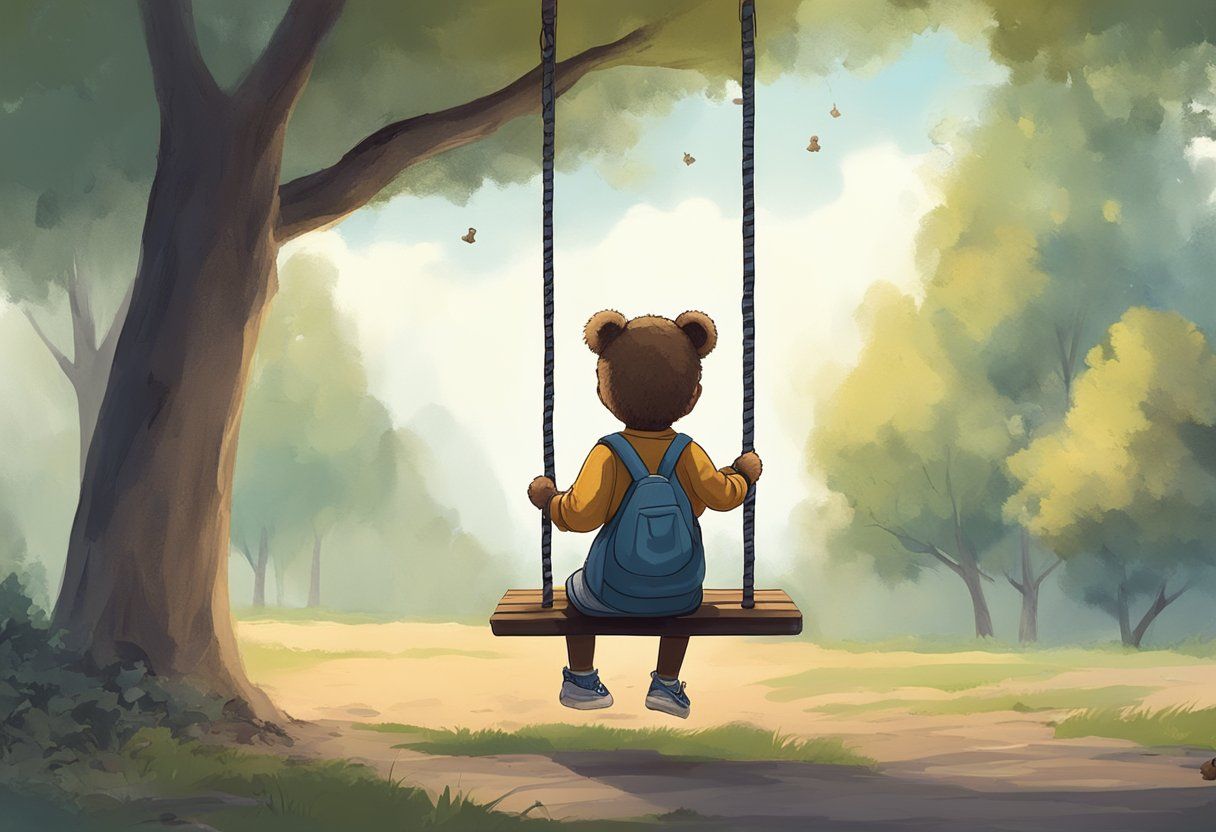BLOG
Categories
Trauma vs. Attachment Issues: Key Differences in Adopted Children
Understanding Trauma and Attachment in Adopted Children
Adopted children may face unique challenges stemming from trauma and attachment issues. Understanding the nuances of these can aid in providing appropriate support and care.
Here's a look into the differences and impacts these can have on a child's development.
Defining Trauma and Its Impact on Children
Trauma in adopted children often arises from early adverse experiences. These might include neglect, abuse, or separation from biological family.
Such experiences can lead to both emotional and behavioral issues.
Children who have faced trauma may exhibit symptoms like anxiety, depression, or fearfulness.
Early childhood trauma can interfere with brain development, leading to potential developmental delays.
Recognizing signs of trauma is crucial for creating supportive environments that foster healing and resilience.
Exploring Attachment Theory and Patterns
Attachment theory revolves around how children form connections with caregivers.
Adopted children may struggle with developing secure attachments due to past disruptions in caregiver relationships.
Attachment patterns can range from secure to disorganized.
Reactive Attachment Disorder (RAD) is one potential issue, where children might find it difficult to form healthy emotional attachments.
Understanding these patterns helps caregivers promote stronger bonds and emotional stability.
Differentiating Between Trauma and Attachment Issues
While both trauma and attachment issues can affect adopted children's development, they have distinct origins and manifestations.
Attachment disorders primarily stem from early caregiver relationships, while trauma often involves broader adverse experiences.
Attachment issues might lead to problems with trust and emotional connections. Trauma can create broader emotional and behavioral challenges.
By correctly identifying these issues, you can tailor interventions that specifically address the root causes, aiding in the child's overall well-being.
Clinical Presentation and Diagnosis
Adopted children may show various mental health issues, including Reactive Attachment Disorder (RAD) and Post-Traumatic Stress Disorder (PTSD). Each condition has distinct symptoms that are vital for proper diagnosis and treatment.
Identifying Reactive Attachment Disorder (RAD)
Reactive Attachment Disorder often appears in children with a history of neglect or inconsistent caregiving.
You'll notice symptoms like difficulty forming emotional bonds, appearing withdrawn, and showing little hesitation in approaching strangers.
Such behavior is attributed to insecure attachment early in life.
RAD can sometimes be mistaken for other conditions like attention-deficit/hyperactivity disorder (ADHD).
Diagnosis requires careful evaluation of the child's behavior patterns and relationship history.
Professionals typically use assessments and observations to confirm RAD, ensuring the child meets specific behavioral criteria.
Assessing Attachment Issues in Adopted Children
For adopted children, attachment issues are common due to early life disruptions.
Secure attachment is vital for emotional well-being, and when absent, children might show signs of clinginess, avoidance, or aggression.
These attachment disorders may overlap with anxiety and depression.
Identifying these issues involves evaluating the child's current relationships and emotional responses.
Mental health professionals may use interviews, questionnaires, and observations.
Look for signs like fear of abandonment or difficulty trusting caregivers.
A consistent caregiving environment can help improve insecure attachment, but therapy is often needed.
Recognizing Symptoms of Post-Traumatic Stress Disorder (PTSD)
PTSD in adopted children may arise from early traumatic experiences, such as abuse or neglect.
Symptoms include flashbacks, nightmares, and severe anxiety. You might notice these children appearing hyper-vigilant or easily startled.
Their behavior might also mimic anxiety or depression.
Diagnosis involves careful analysis of the child's trauma history and current symptoms.
Trauma-informed approaches are crucial for effective assessment and treatment.
Professionals may use standardized tests and interviews to assess PTSD, focusing on both behavioral and emotional symptoms.
Early intervention can be key in managing the disorder and supporting mental health recovery.
Interventions and Therapies

Addressing trauma and attachment issues in adopted children involves specific and targeted approaches. It's essential to choose the right therapy to foster healthy relationships and emotional growth.
Implementing Attachment Therapy
Attachment therapy focuses on building strong emotional bonds between adopted children and their families. This type of therapy often involves exercises that encourage trust and closeness.
Activities like shared play and storytelling can help create a secure base for the child.
Holding therapy, though controversial, is sometimes used to strengthen these connections.
It involves nurturing touch and guided affection, aiming to repair attachment problems.
Always consult professionals to decide the best method for your child's needs.
Regular sessions with a therapist help address attachment insecurities. Early intervention can prevent future behavioral issues.
Trauma-Informed Approaches for Adoptive Parents
Adoptive parents play a crucial role in supporting their child's emotional health. Understanding trauma's impact helps parents provide better care.
They should learn to recognize trauma signs and react calmly and supportively.
Trauma-informed care emphasizes safety, trustworthiness, and empowerment.
Parents can create safe environments where children feel secure.
Involvement in therapy sessions is vital, as it helps parents apply strategies at home.
Education and training for adoptive families boost confidence and effectiveness in managing past traumas.
Regular communication with therapists ensures consistency in care approaches.
Behavioral Therapies for Emotional and Psychological Well-Being
Behavioral therapies can help reduce issues like oppositional defiant disorder (ODD).
These therapies teach problem-solving skills and improve self-control. Understanding triggers for outbursts is an important step.
Cognitive-behavioral therapy (CBT) assists children in changing negative thought patterns. It supports developing healthier reactions to stress.
Another effective approach is Trust-Based Relational Intervention (TBRI), which addresses both trauma and behavioral problems.
Engaging in regular therapy sessions significantly benefits a child's mental health.
Building coping skills and resilience helps with emotional regulation.
Parents should seek professionals familiar with adoption-related challenges for tailored interventions.
Supporting Adoptive Families
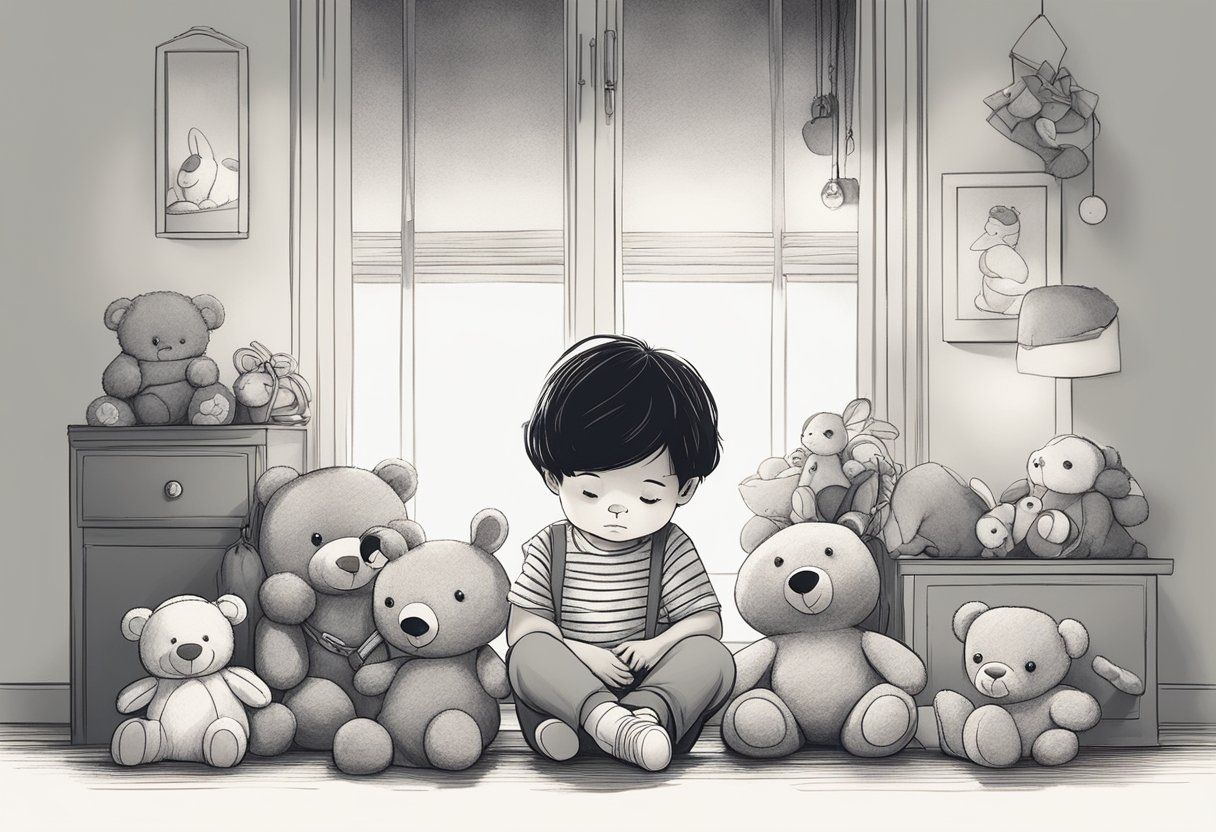
Adoptive families face unique challenges, requiring targeted support strategies. Fostering secure attachment bonds is pivotal, as is addressing the behavioral and academic challenges adoptees might face.
Educating Foster and Adoptive Parents
Educating foster and adoptive parents is crucial. They must understand attachment theories and how trauma can impact child development.
Workshops, webinars, and support groups provide valuable knowledge.
Learning trauma-informed parenting can be especially beneficial. Understanding how past experiences affect behavior helps parents respond appropriately.
Building a network with other adoptive families and professionals also offers important support.
Consistent learning helps parents create a safe and nurturing environment for their adopted children.
Creating Secure Attachment Bonds
Establishing a secure attachment with adopted children is essential for their well-being.
Consistent care, patience, and empathy help build trust.
Spend regular quality time together.
Activities like reading, playing, and engaging in hobbies can strengthen the parent-child relationship.
Celebrating birthdays and traditional family events also fosters a sense of belonging.
Communication is key. Encouraging openness and discussing feelings helps children feel understood.
Over time, these efforts contribute to a strong, healthy attachment.
Addressing Behavioral Difficulties and Academic Challenges
Adopted children may face behavioral and academic hurdles due to past experiences. Offering the right support is essential.
For behavioral difficulties, consider therapy or counseling, either individually or as a family.
Therapists can provide strategies to manage emotions and behaviors.
Collaborate with teachers to create an accommodating academic plan.
Early intervention can make a big difference.
Tailor learning environments to meet the child's unique needs, and encourage open dialogue with educators.
Providing a stable home environment also supports emotional and academic growth.
Frequently Asked Questions
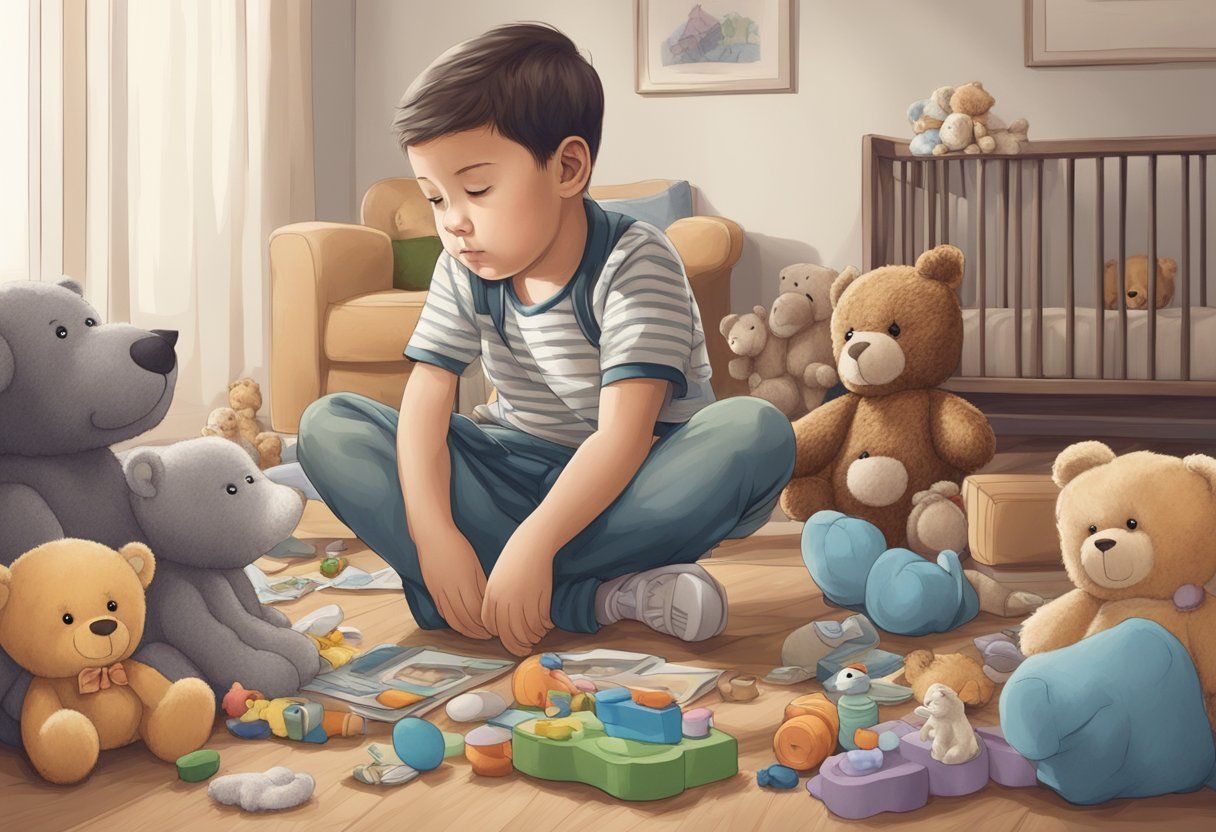
Adopted children may face unique challenges related to trauma and attachment. Understanding these concerns can help provide the right support.
What are the indicators of attachment disorders in children who have been adopted?
Children may show signs like difficulty trusting caregivers or forming close relationships. They might seem overly clingy or, conversely, distant and aloof.
How can one differentiate between symptoms of trauma and attachment issues in adopted children?
Trauma symptoms can include flashbacks or anxiety, while attachment issues often involve trouble with emotional connections. Sometimes, both can occur together.
What long-term effects can adoption have on the development of attachment styles in adoptees?
Adoption can influence attachment styles, leading to either secure or insecure connections throughout life. The effects depend on the child's early experiences and the environment post-adoption.
What are common behaviors in adults who were adopted as children and suffer from reactive attachment disorder?
Adults might struggle with forming stable relationships, have trust issues, and find it hard to handle emotions appropriately. They may also experience feelings of abandonment.
Can the experience of being adopted be inherently traumatic, and what factors contribute to this?
Adoption can be traumatic due to separation from birth family, changes in caregivers, or cultural disconnection. The level of trauma varies based on personal and situational factors.
What are the recognized core challenges that adoptees can face throughout their lives?
Common challenges include identity issues, trust problems, and a sense of loss.
Adoptees may also experience questions about belonging or difficulties with self-esteem.
RECENT POSTS


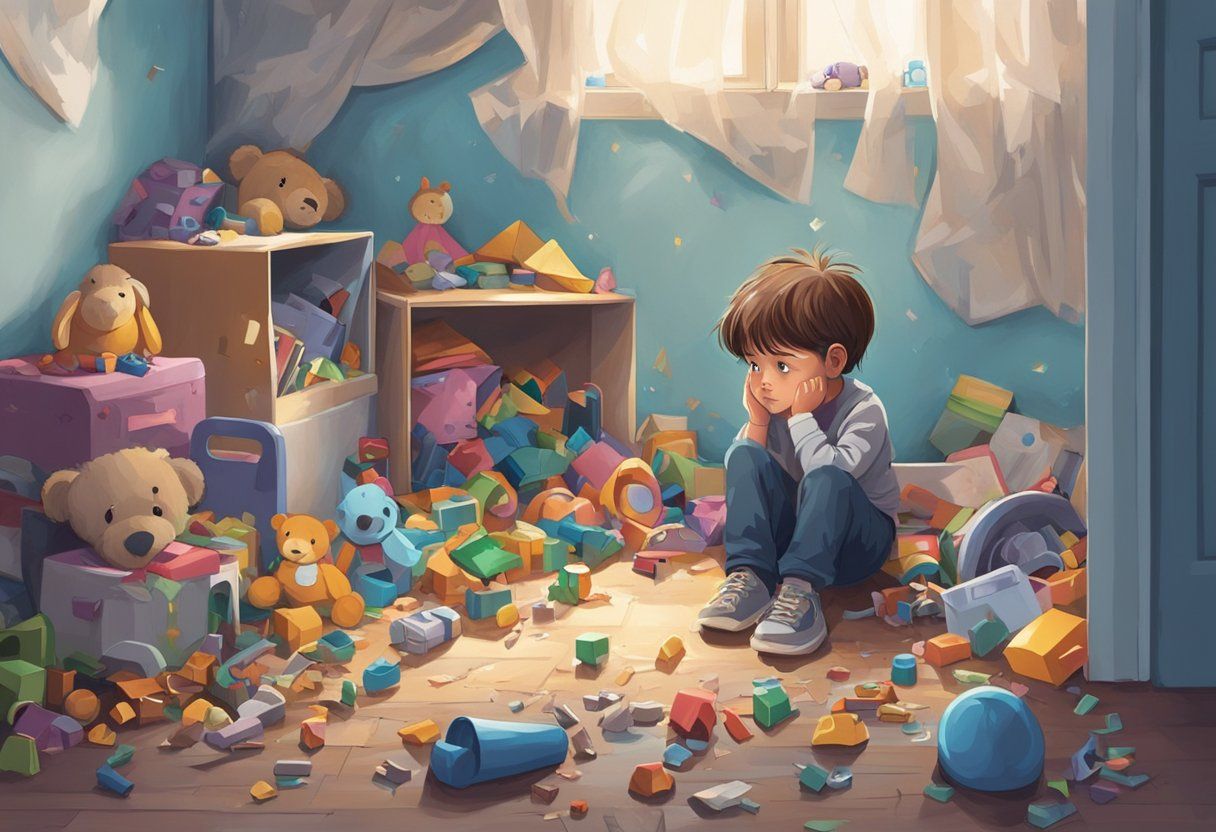
Bringing and keeping families together!

Supporting families in need.
LEAF WRAPAROUND is a Parents in Training Inc. program to help ensure families stay together, providing support and services to both children and parents
LEAF WRAPAROUND - a Parents in Training Inc. progra | Built by WSI - Dinámica Digital
LEAF WRAPAROUND
a Parents in Training Inc. program
Built by WSI - Dinámica Digital




